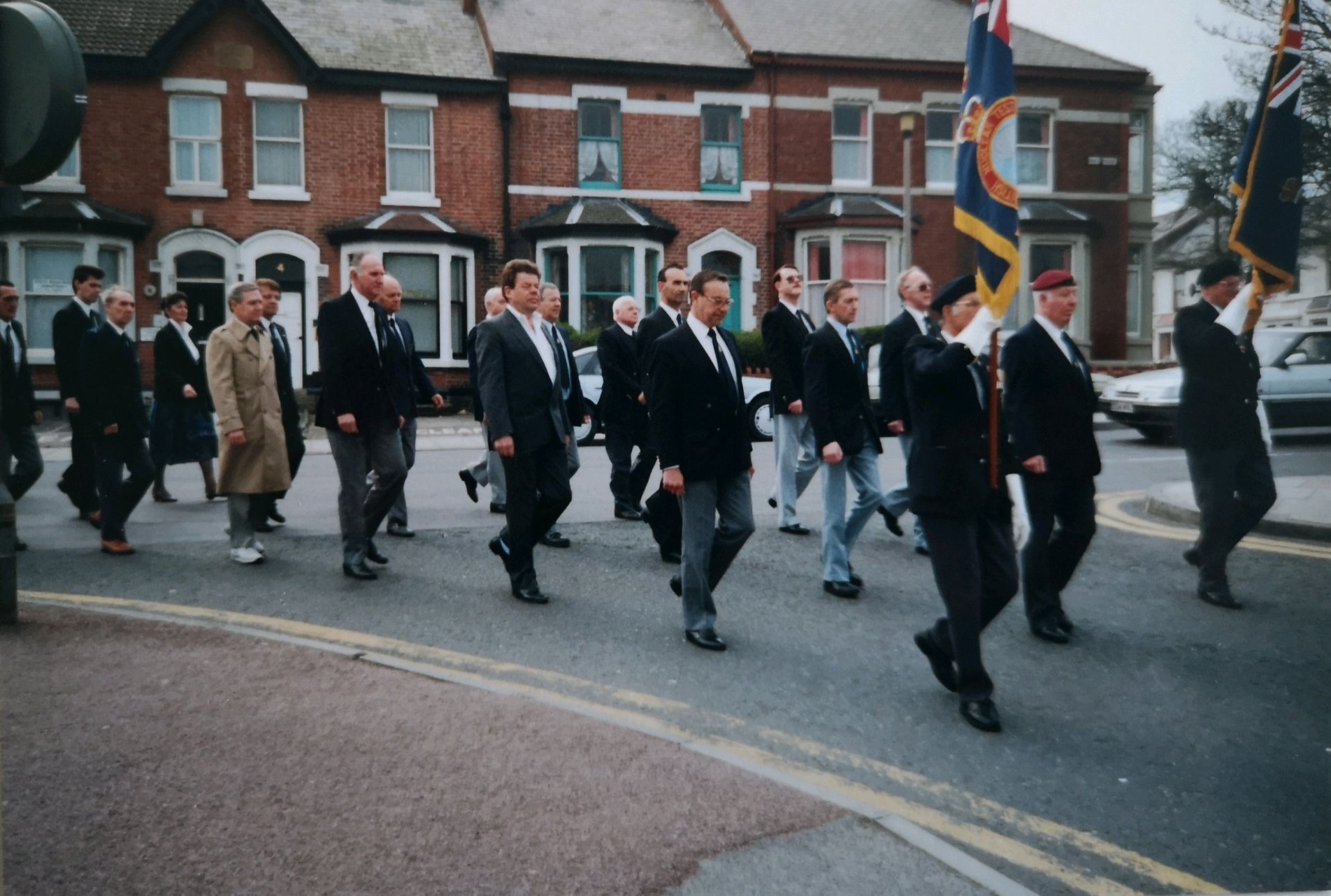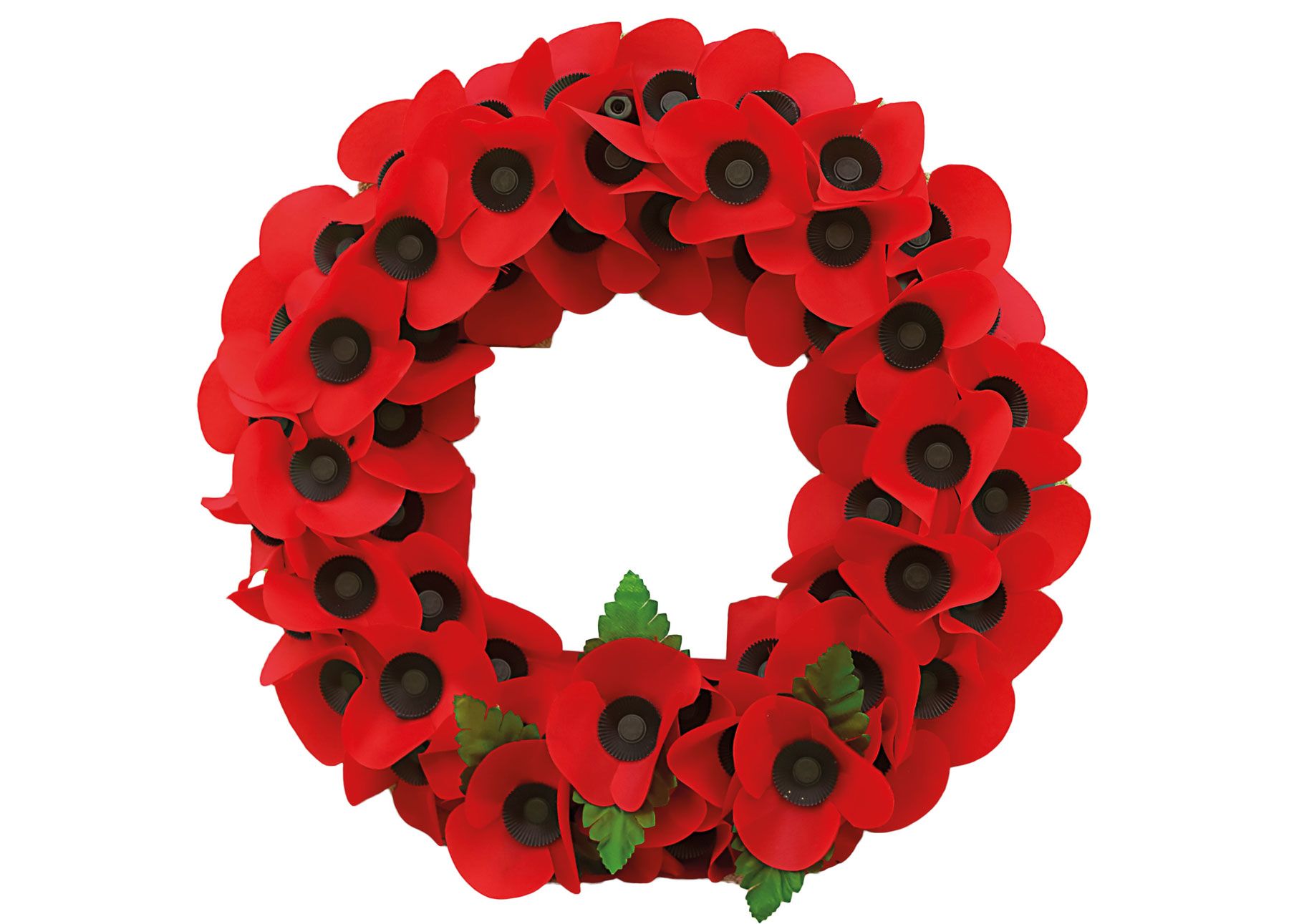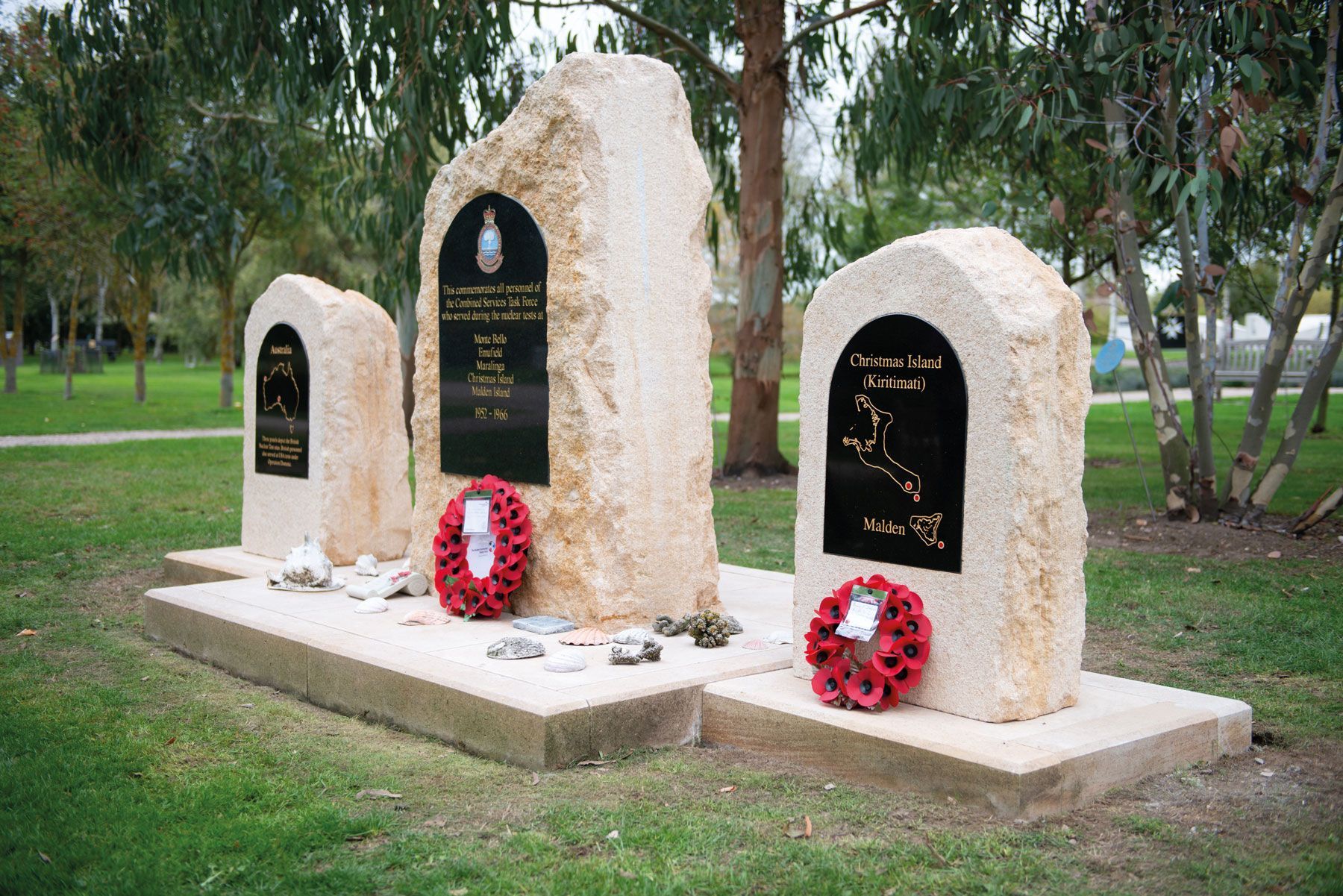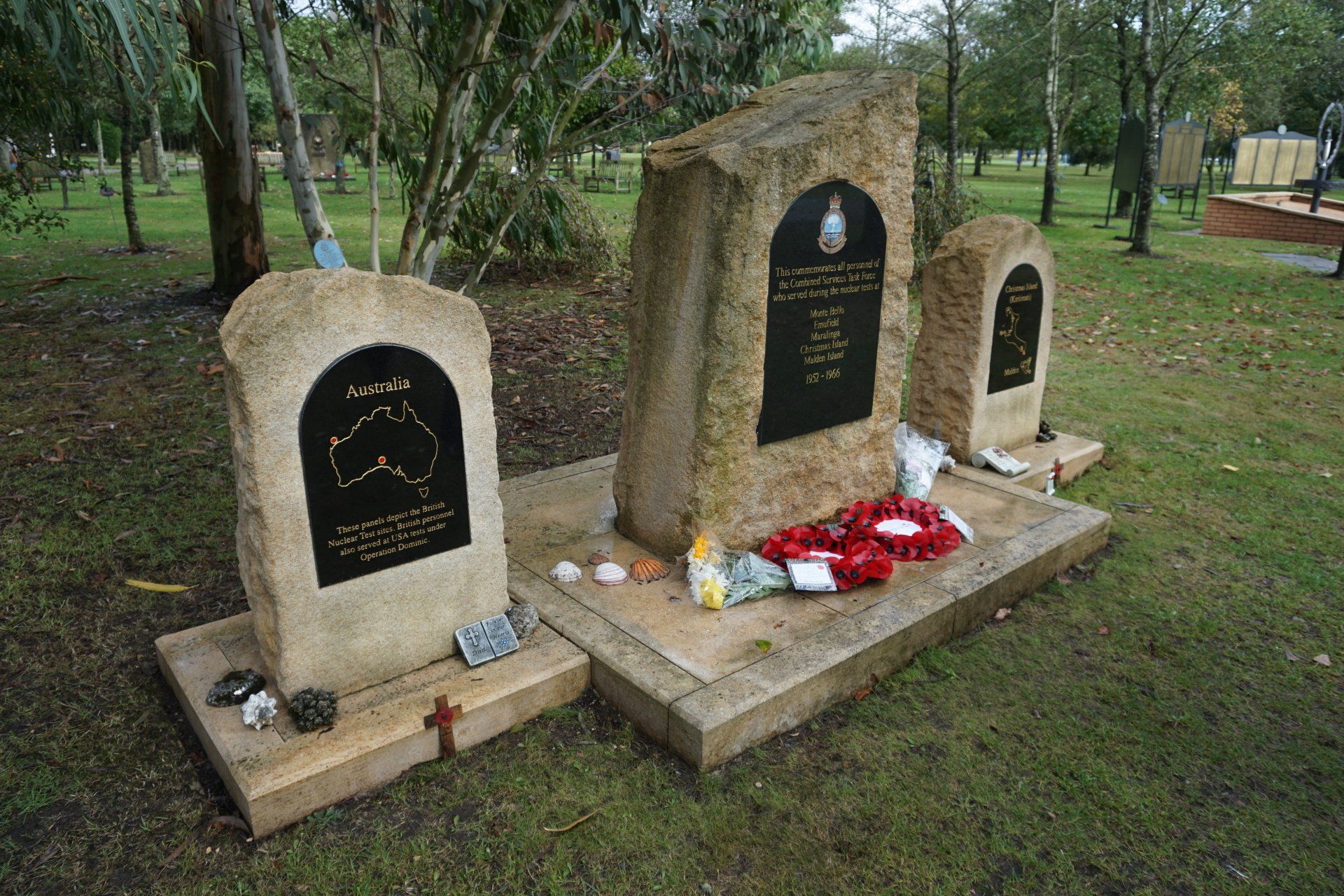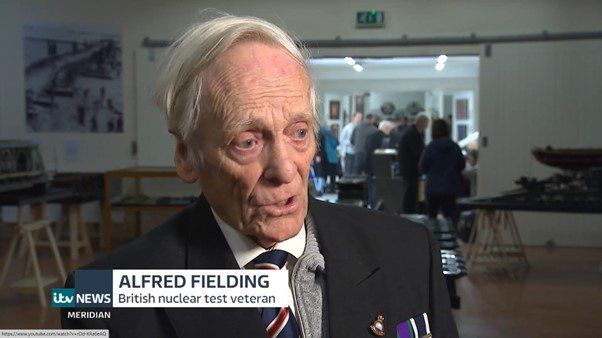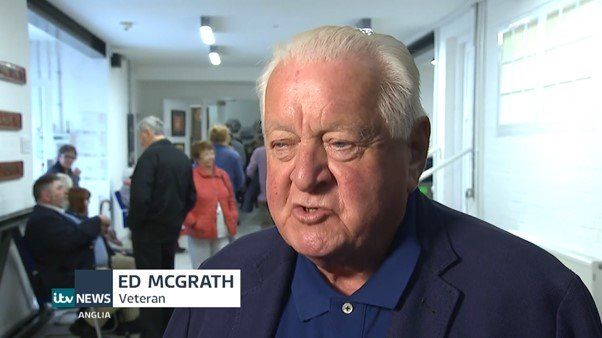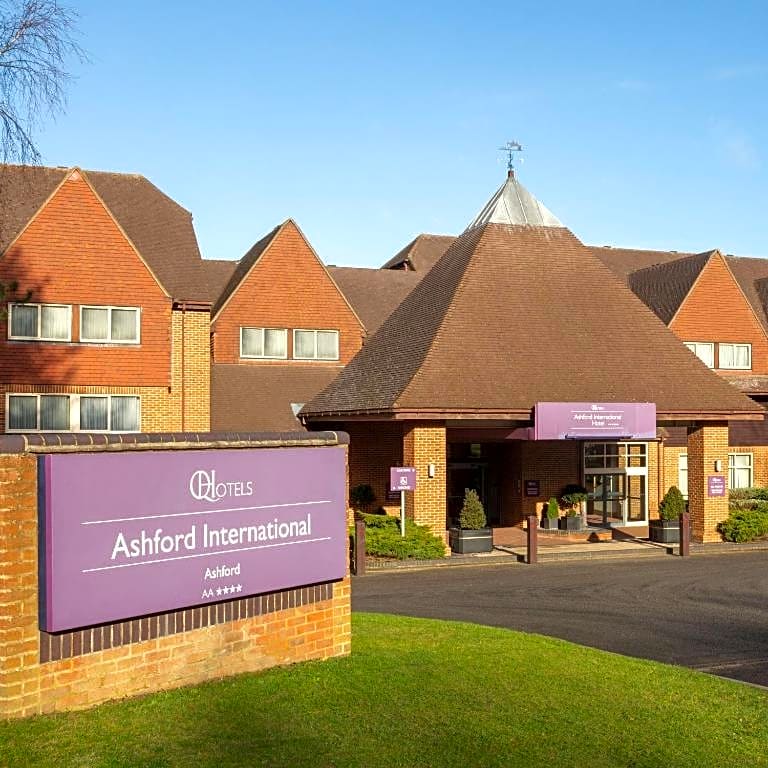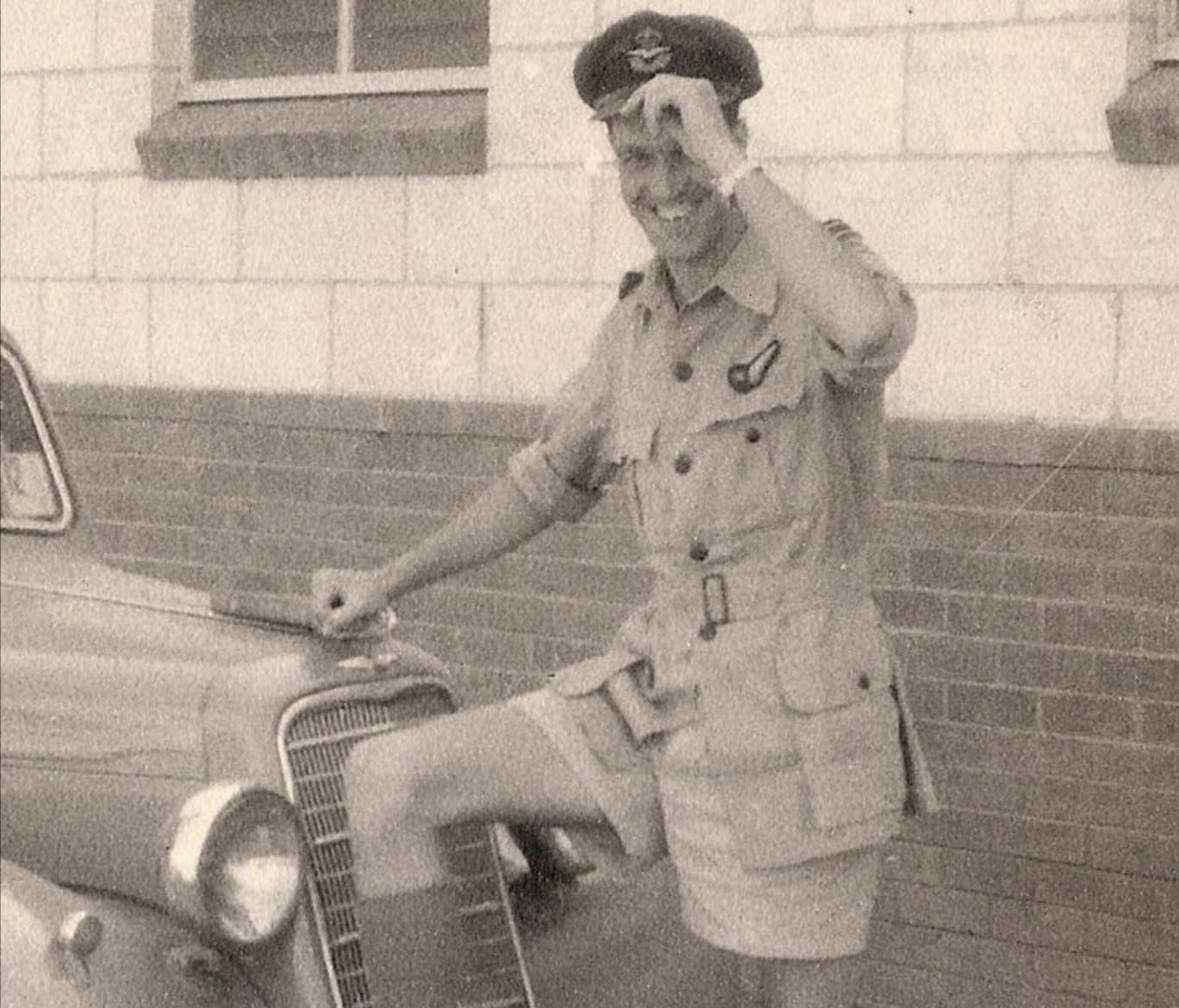
Commonwealth Day 2022 : South Africa 1952
On the way to Operation Hurricane HMS Campaina and HMS Plym stopped off in South Africa, it was mentioned what to expect in the Plym Pudding magazine;
(following is a transcript from the magazine with additional photographs from the Stan Bowyer collection.)
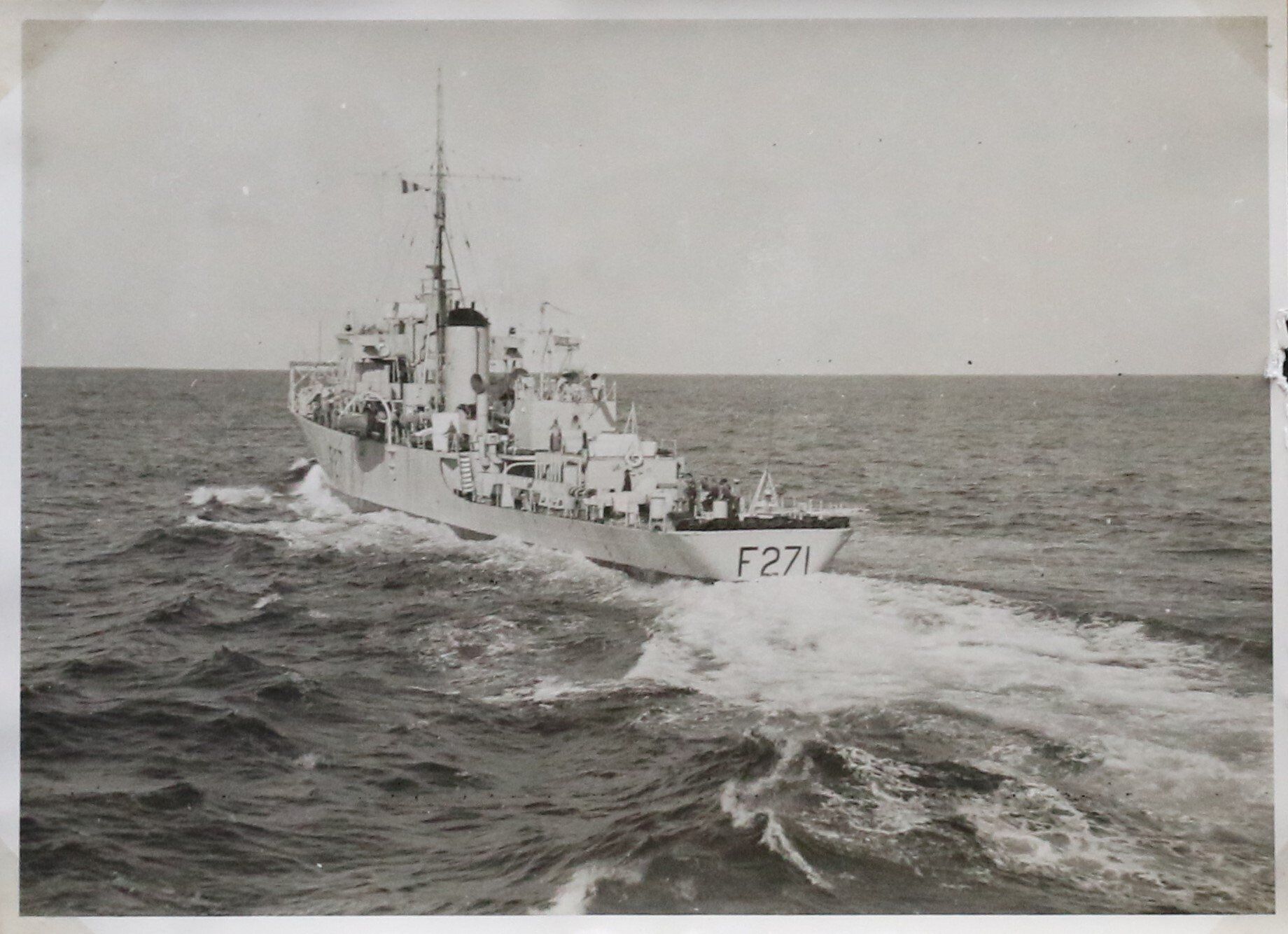
Number 9 "Union makes strength" Tuesday, 1st July 1952
xxxxxxxxxxxxxxxxxxxxxxxxxxxxxxxxxxxxxxxxxxxxxxxxxxxxxxxxxxxxxxxxxxxxxxxxxxxxxxxx
SOUTH AFRICA
The first European to discover the Cape was the Portuguese navigator Biaz in 1486. He named it the Cape of Storms, but his more famous successor Vasco to Gama re-named it Cape of Good Hope when he rounded it eleven years later on his long voyage which discovered the sea route to India,
Although the Portuguese landed in several places along the coast, including the Natal which is so called because it was sighted on Christ’s natal day, Christmas Day, the first settlers were the Dutch. They landed at the Cape 300 years ago in 1632 under Jan Vaan Riebeck to found the city of Cape Town, where a very big celebration was held a few months ago to mark the occasion.
The Colony remained very small, a stopping place on the route to India for over a century and passed into our hands in 1815 as one of the prizes of the war against Napoleon. From then on British settlers began to arrive both at the Cape and along the coast all the way to Durban in the Natal, while the Dutch settlers, the Boers, moved, inland in many cases away from the British influence. The Great Trek of 1838 was the first big wave of Boer Movement into the present provinces of the Orange Free State and Transvaal, where they set up their own Republics for a time.
A mixture of Boer obstinacy and British greed led to the Boer War, which lasted from 1899 to 1902, after which the four provinces gradually united into the Union of South Africa, which came into being in 1910 with two official languages, English and Afrikaans - a Boer form of Dutch, two capitals with Parliaments in Cape Town and 'Whitehall’ a thousand miles away at Pretoria, and the optimistic motto “Union makes Strength”.
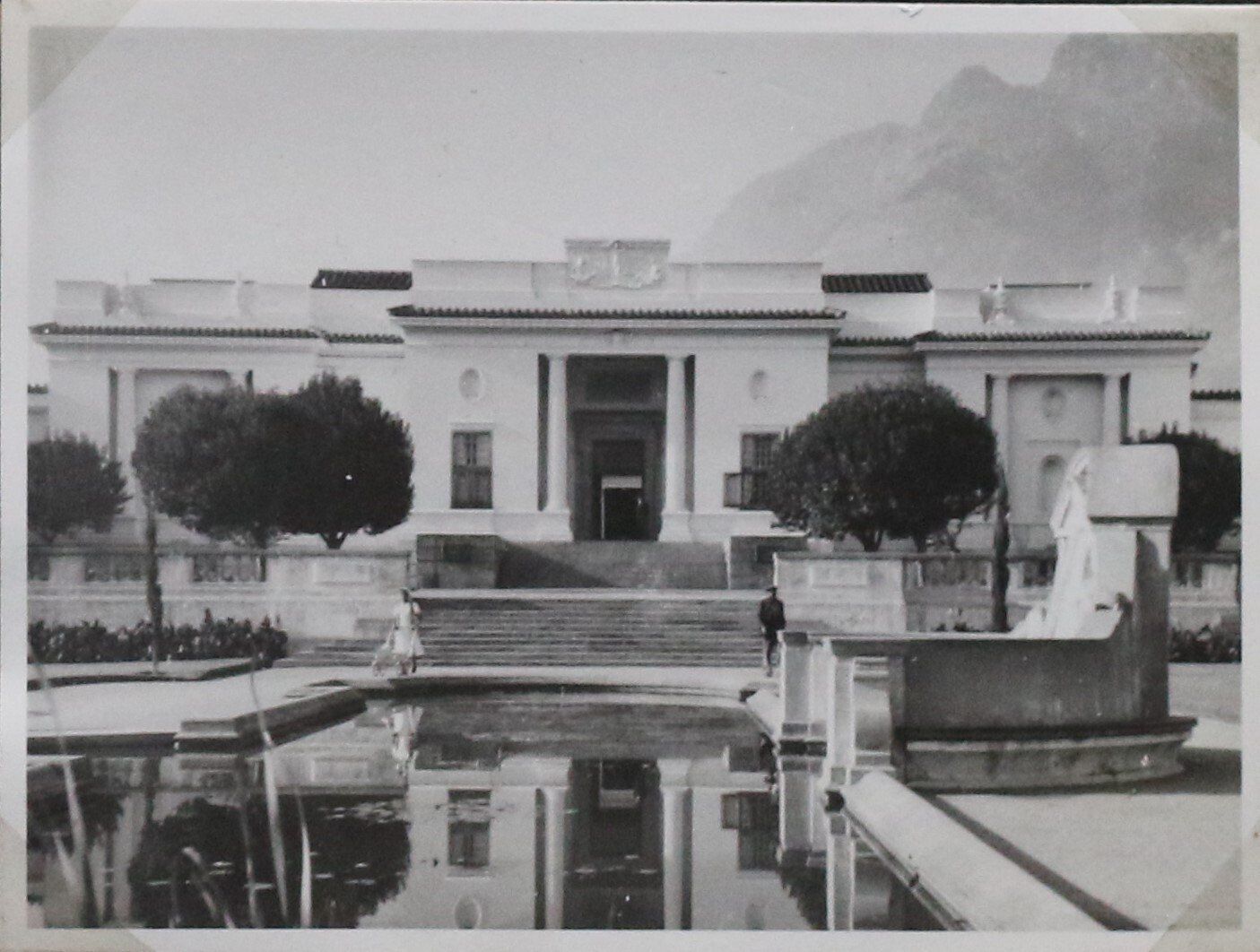
CAPETOWN AND SIMONSTOWN
Cape Town is the. oldest white settlement in the Union and Contains quite a few old buildings of interest, including Parliament House of which every brick was shipped cut from England, but its layout is typically modern with wide straight streets. The population consists of about 214,000 Europeans and 300,000 non-Europeans, cut in addition nearly as many Europeans live. Just outside the city in the surrounding suburbs where the better class houses are built.
These suburbs stretch from the Northwest side of the Cape Peninsular round as far as Simonstown on the Southeast side and are connected by a local train service which does a twenty two mile trip in from Simonstown to Cape Town in about an hour.
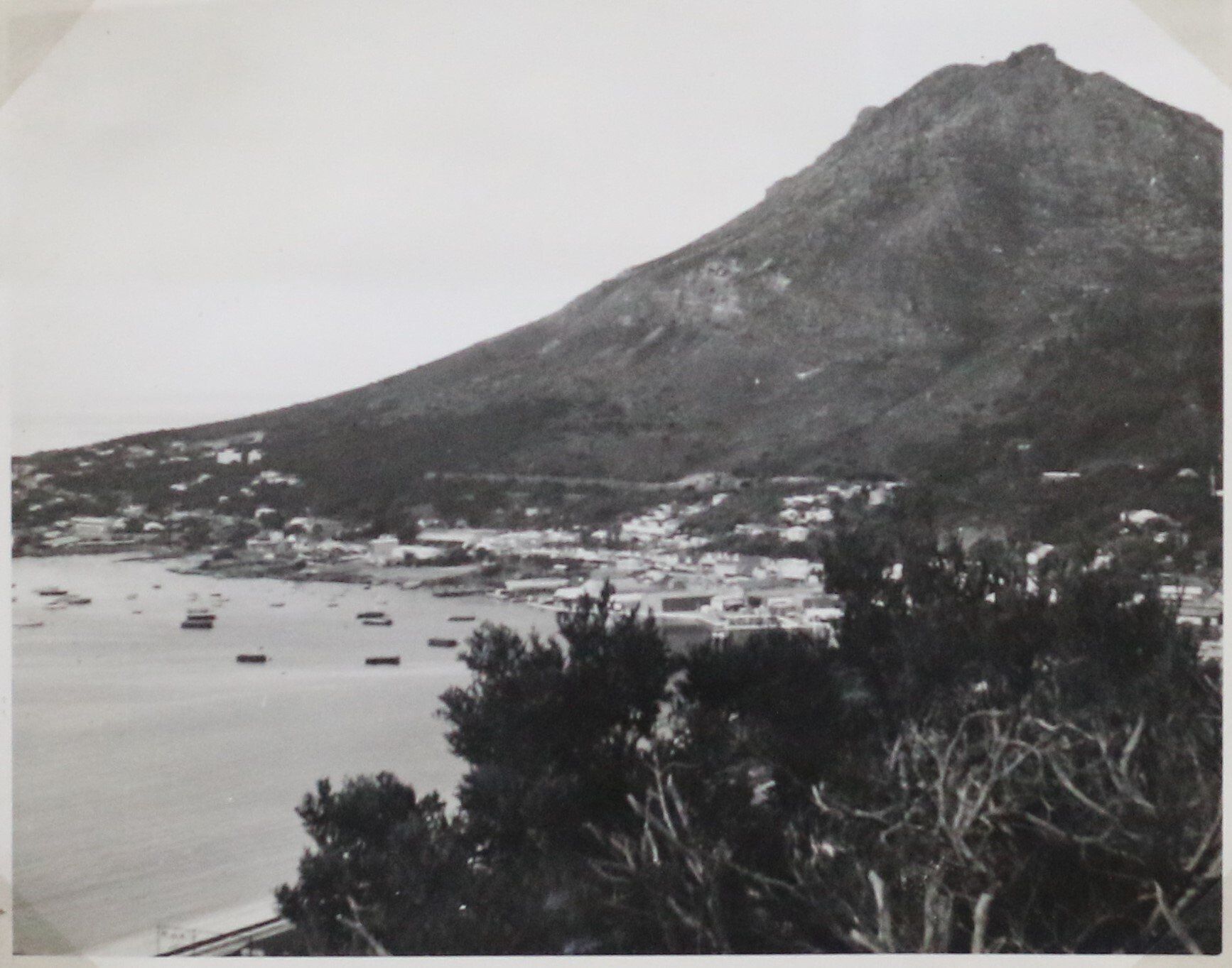
The Royal Navy set up a Dockyard at Simonstown in 1910, and it is both the base of the South Atlantic Squadron and Headquarters of its Commander-in-Chief. It is quite a small harbour dockyard- and during the war most ships were refitted at Durban. The difference is that Simons town is a British Admiralty Dockyard, while all other harbours in the Union are purely South African.
Simonstown itself is small, with only a few thousand inhabitants and few amenities, though we should find some Admiralty Sports Grounds there and fix a game or two of football. Its chief interest will probably be the Railway Station, a walk of about 20 minutes, from which regular trains run to Cape town, though it is a pleasant little town resembling Gibraltar in a small scale, both in its English atmosphere and its position at the foot of a rocky hill.
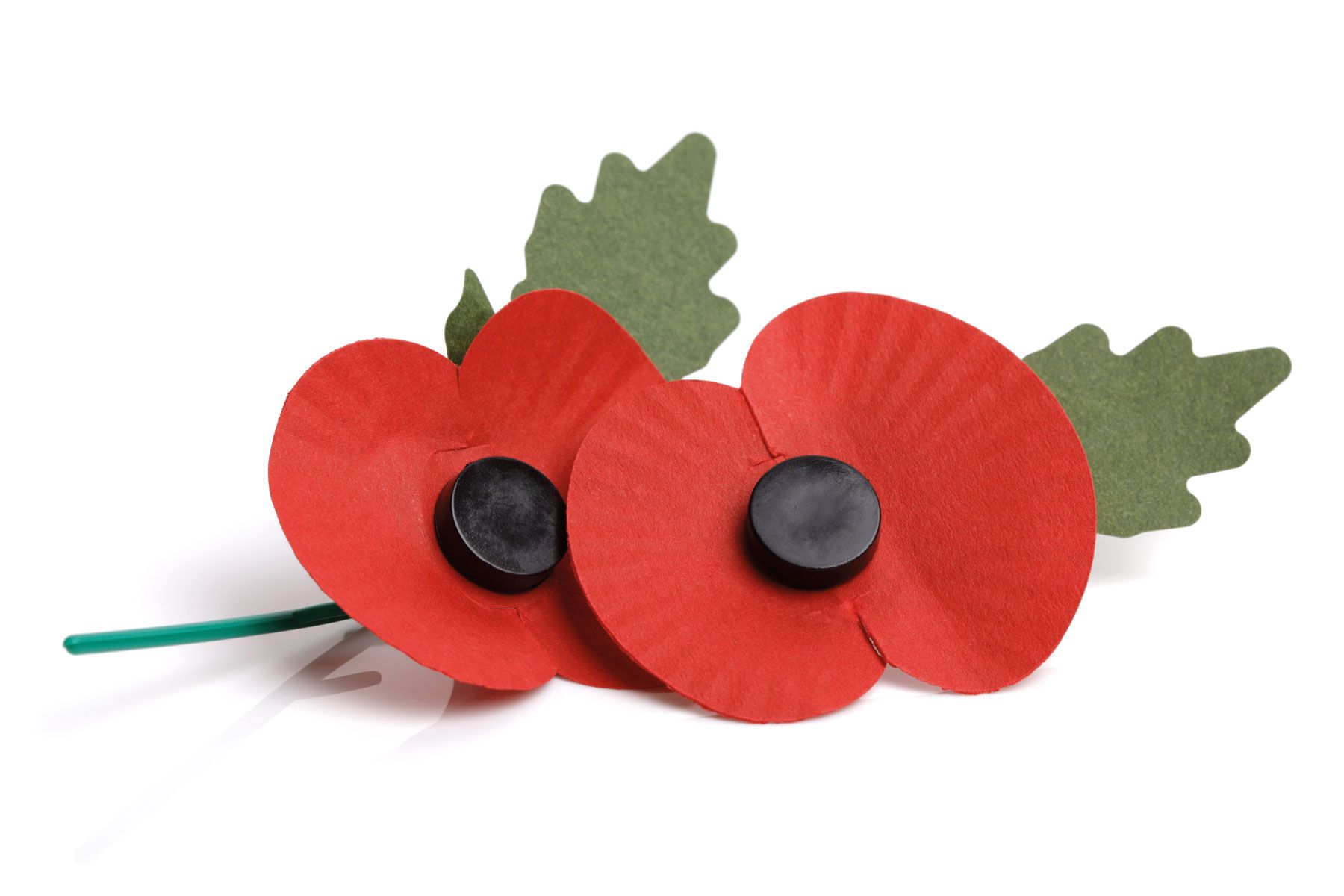
All Rights Reserved | BNTVA Museum CIC no. 15389981

